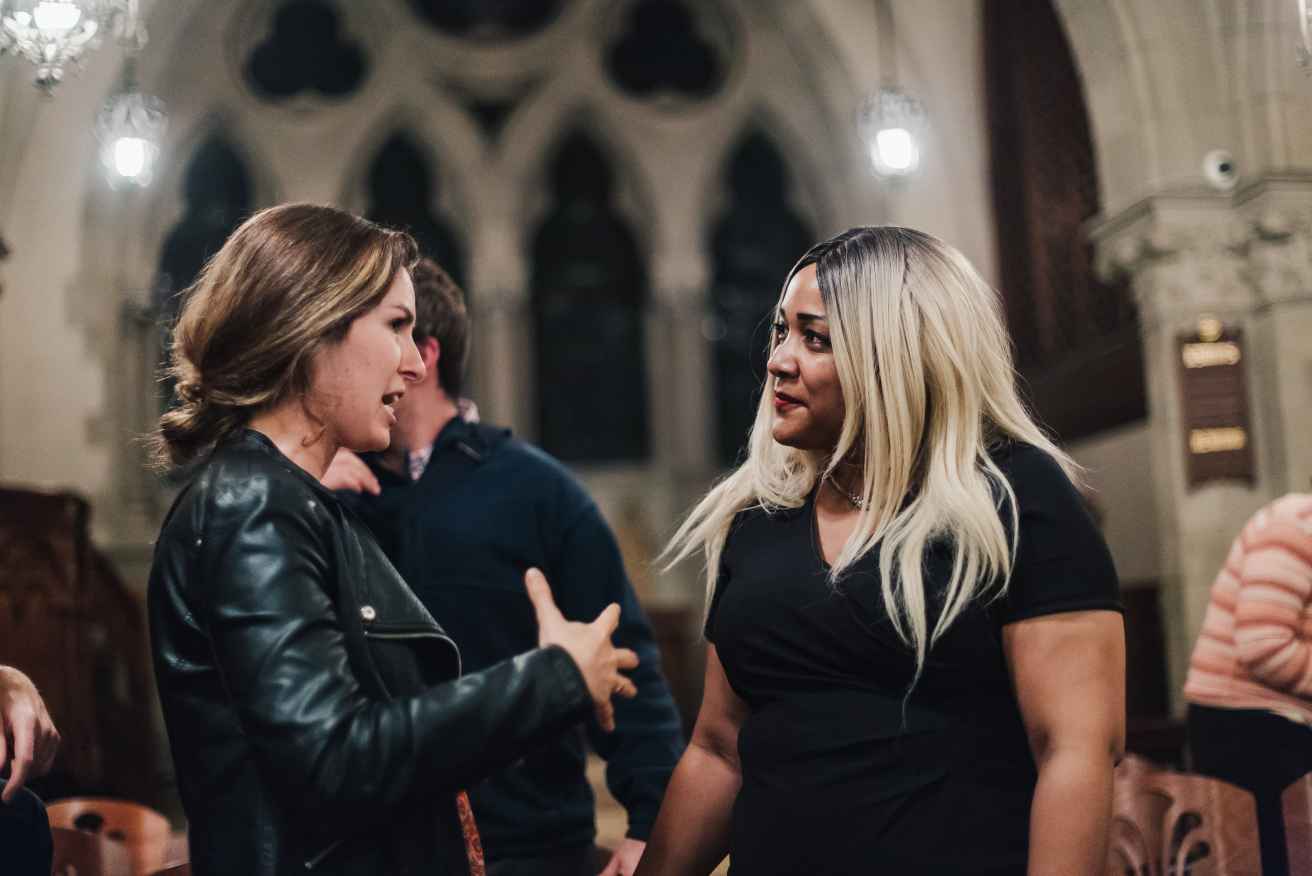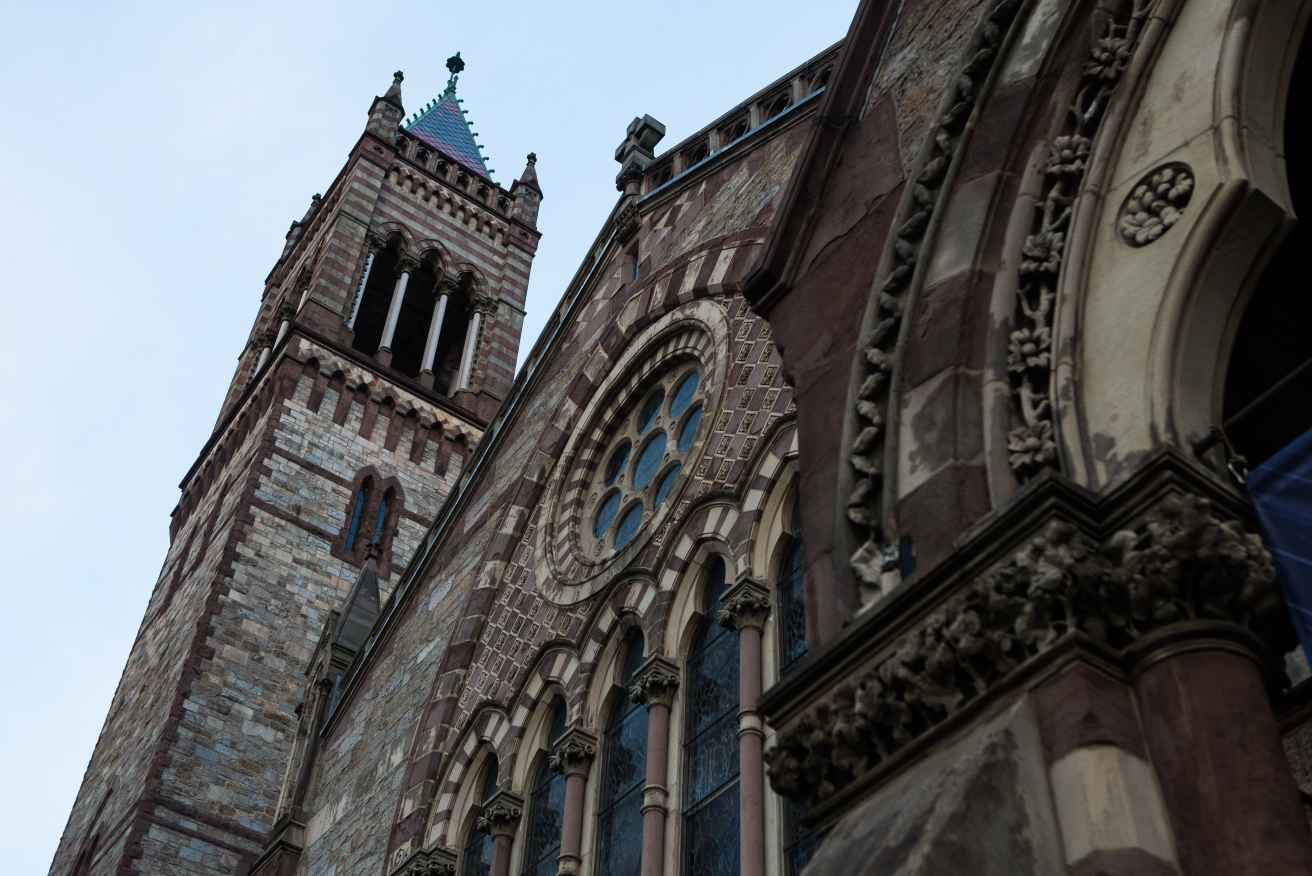Rev. John M. Edgerton
Festival Worship - Fifth Sunday in Lent
Transcript
Jesus got in a lot of trouble. He got in trouble because of what he said, true. But he got in a whole lot more trouble because of what he did. And of all the things he did that got him in trouble, the one thing that got him in hot water more than anything else, was his behavior on the Sabbath. People everywhere he went would confront Jesus about why he did not rest on the day of rest, why he did not honor the Sabbath.
Festival Worship - Third Sunday of Easter
Transcript
It was the earliest days of the faith, just a few months after the very public execution of Jesus. A handful of his followers had come to believe that though Jesus had been killed, yet he had been raised up from the dead and was now alive. They said they had seen him, that they had spoken with him, and because Jesus was alive again, they would never be the same again. Because he was alive again the whole world was going to change.
Festival Worship - Confirmation Sunday
Transcript
It was so much sooner than the Disciples would have expected when their lives changed. The Disciples had seen so much since they had begun following Jesus just a brief while before. And even though it had only been for a brief while, the Disciples saw that he was like no one else they had ever known, even though it had only been for a brief while, they had already seen the world turned upside down.
Festival Worship - Eighteenth Sunday after Pentecost
Transcript
The prophet Amos shouts God’s judgment against society, saying “they use an ephah that is too small, and practice deceit with false measures, The Lord has sworn by the pride of Jacob: Surely I will never forget any of their deeds. I will turn the sky to darkness and your feasts to lamentations.”





